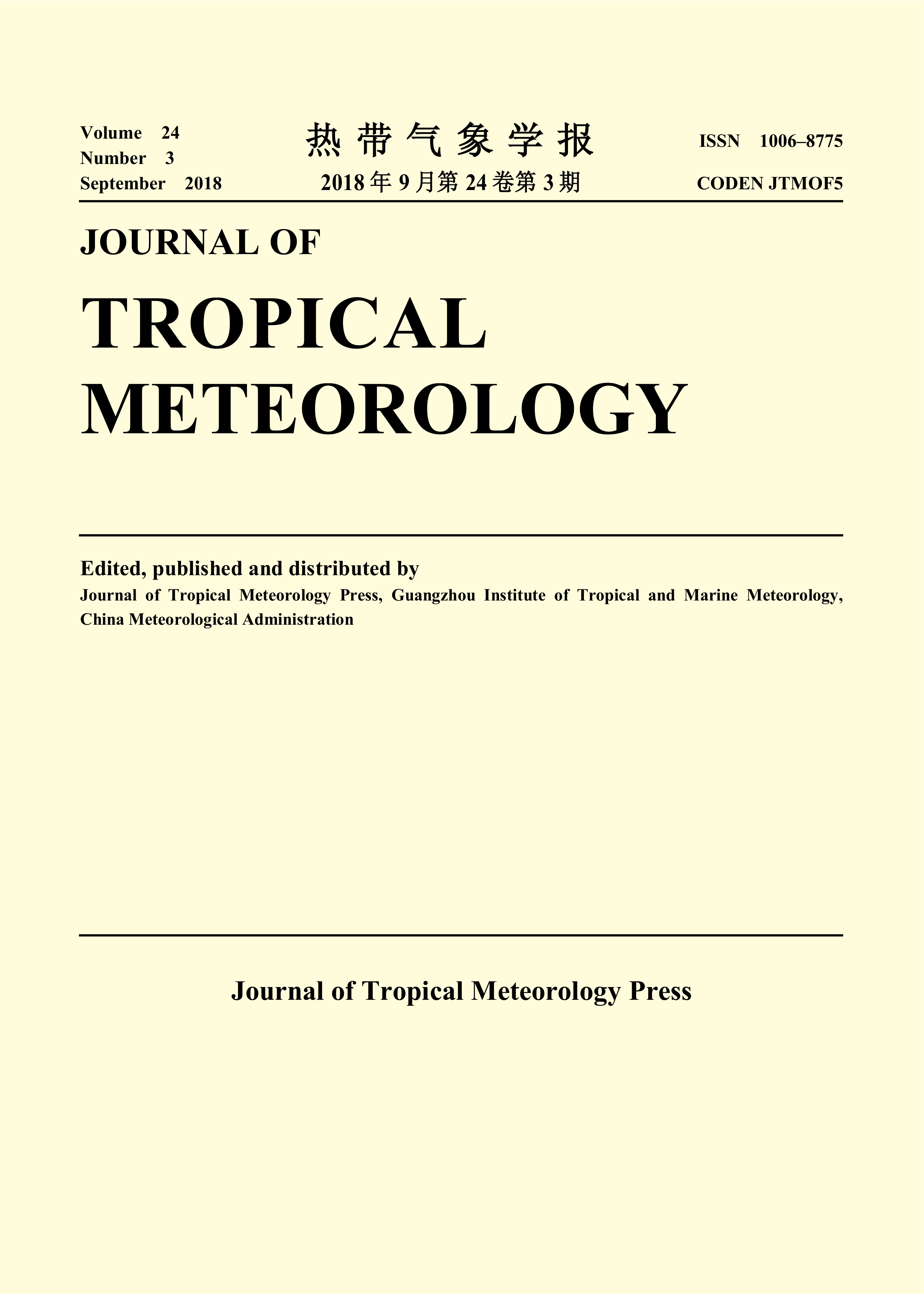CHARACTERISTICS OF GRAVITY WAVE PROPAGATION AND ENERGY CONVERSION IN A SUDDEN HEAVY RAINFALL EVENT
doi: 10.16555/j.1006-8775.2018.03.010
- Rev Recd Date: 2018-07-12
Abstract: In this paper, a sudden heavy rainfall event is analyzed, which occurred over the Yellow River midstream during 5–C6 August 2014. We used observational, NCEP/NCAR reanalysis, high-resolution satellite, and numerical simulation data. The main results are as follows. Under an unfavorable environmental circulation, inadequate water vapor and unfavorable dynamic conditions but sufficient energy, a local sudden heavy rainfall was caused by the release of strong unstable energy that was triggered by cold air transport into middle and lower layers and the propagation of gravity waves. The distributions of rain area, rain clusters, and 10-minute rainfall showed typical mesoscale and microscale fluctuation characteristics. In the mesoscale rain area or upstream, there was a quasi-stationary wave of mesoscale gravity waves with their propagation downstream. In the course of propagation from southwest to northeast, the wavelength became longer and the amplitude attenuated. In the various phases of gravity wave development, there were evident differences in the direction of the wave front. Wave energy was mainly in the lower layers. Unstable vertical wind shear at heights of 1–C6 km provided fluctuation energy for the gravity waves. The mechanisms of heavy rainfall formation were different at Linyou and Hancheng stations. Diabatic heating was the main source of disturbed effective potential energy at Linyou. The explosive short-period strong precipitation was caused by the release of strong effective potential energy triggered by the gravity waves, and its development and propagation after that energy maximized. In contrast, the latent heat release of upstream precipitation was the main source of disturbed effective potential energy at Hancheng. This formed a positive feedback mechanism that produced continuous precipitation. In the studied event, the development of westerly belt systems had disturbed the wind field. The contribution of kinetic energy generated by this disturbance could not be ignored. The Froude number, mountain shape parameter, and ratio between mountain height and temperature inversion layer thickness had various effects of atmosphere and terrain on mesoscale and microscale mountain waves. In upper and lower layers, there were five airflows that were strengthened by the terrain. All these had important influences on local heavy rainfall at Linyou and Hancheng stations.
| Citation: | ZHAO Gui-xiang, WANG Yi-jie, WANG Xiao-li. CHARACTERISTICS OF GRAVITY WAVE PROPAGATION AND ENERGY CONVERSION IN A SUDDEN HEAVY RAINFALL EVENT [J]. Journal of Tropical Meteorology, 2018, 24(3): 369-384, https://doi.org/10.16555/j.1006-8775.2018.03.010 |

















 粤公网安备 4401069904700002号
粤公网安备 4401069904700002号
 DownLoad:
DownLoad: